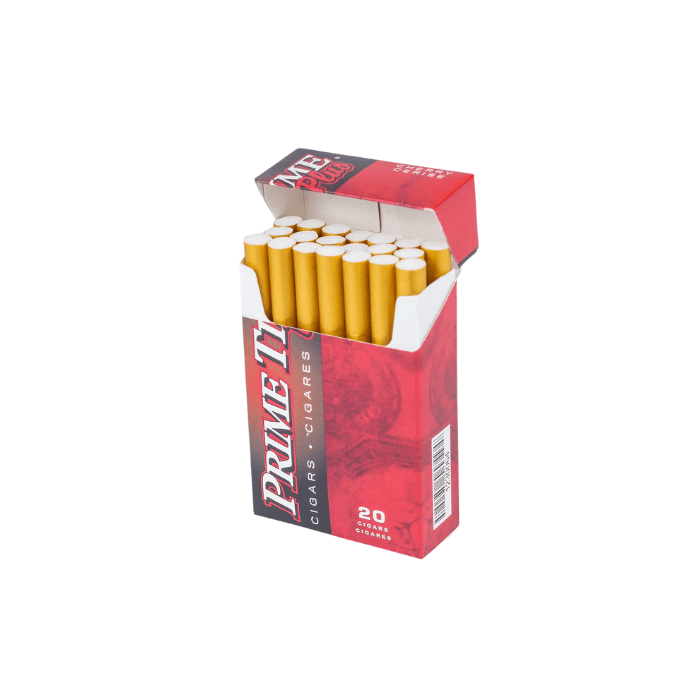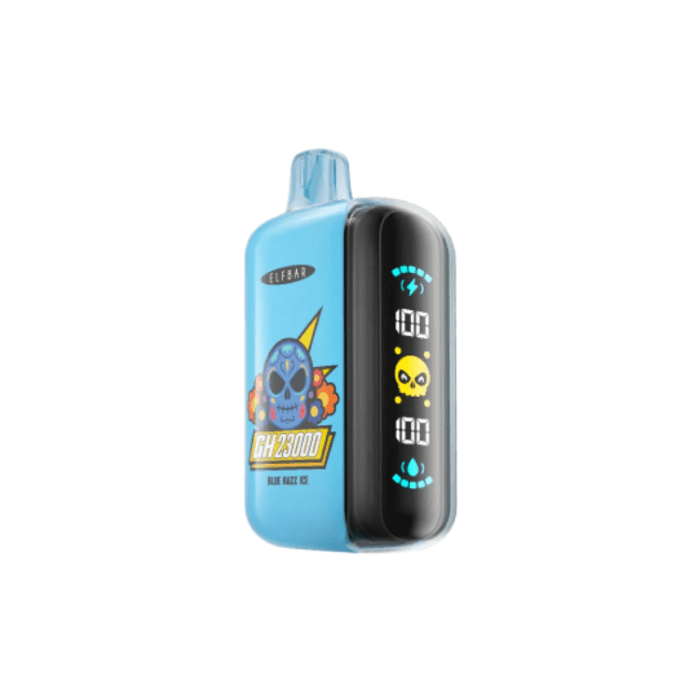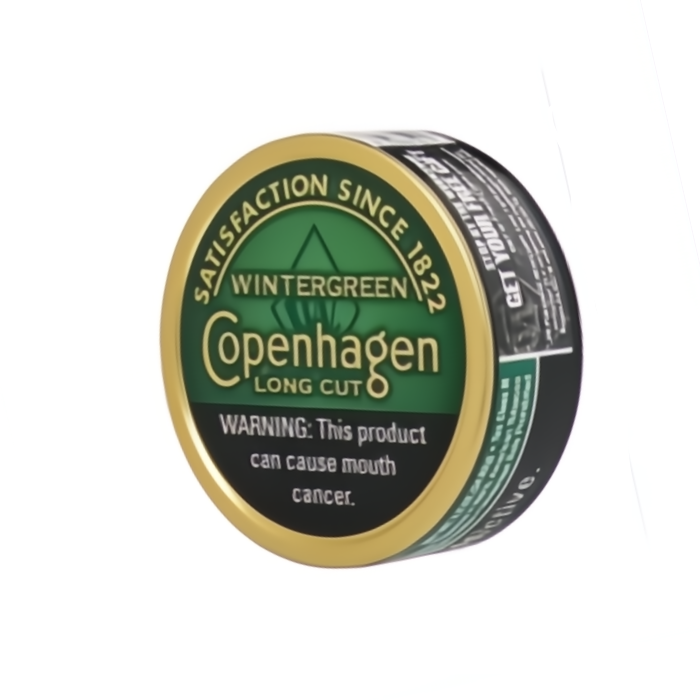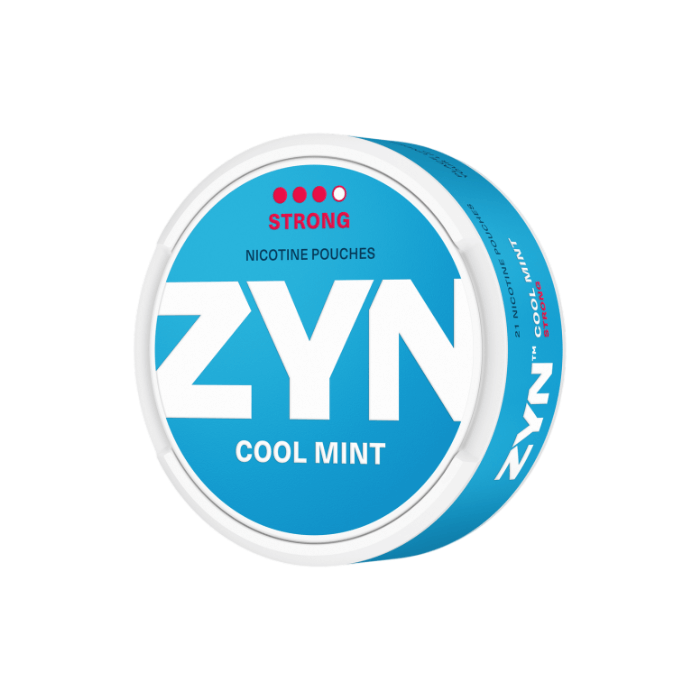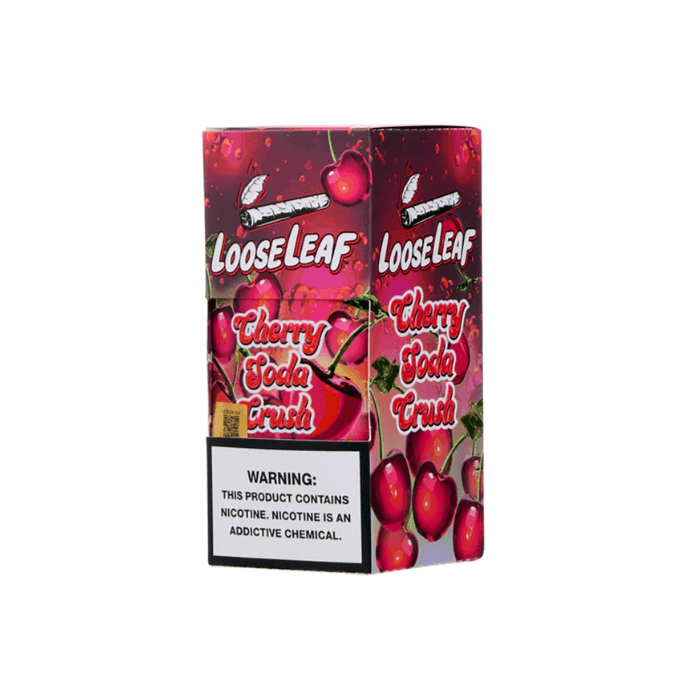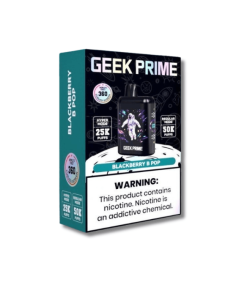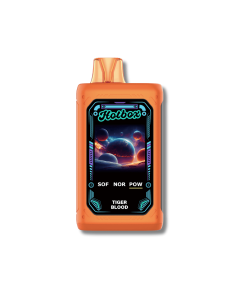Tobacco cigarettes have existed for centuries, providing users with great hits whenever they are being smoked and puffed. However, due to recent medical studies regarding the dangers of conventional cigarettes, the tobacco industry is scrambling to find the next good source of nicotine.Enter electronic cigarettes or vaping devices, a tobacco-free alternative to cigarettes that somehow mimic the way they work without undergoing combustion. Cigarette smoking, in general, involves the combustion and burning of tobacco, which then releases nicotine and other potentially harmful chemicals. E-cigarettes, alternatively, only put vape juice under high temperatures, converting it into vapour that users have to inhale and release into the air.Many tobacco cigarette users have switched to vapes to help them gradually quit smoking. However, some people are still curious whether vaping e-cigarettes is truly less harmful than smoking cigarettes. Are there really vaping devices that won’t put you at risk of attaining varying health effects? Continue reading below to know the truth behind vapes.
Common Risks Associated with Vaping
Vaping nicotine through electronic cigarettes or vaping devices has become popular for the past few years. After all, these devices come in many flavours and nicotine strengths, capturing the hearts of not only past smokers and tobacco users but also beginners, especially youth and young adults. It is also the reason why the same devices are now being regulated by governments around the world.
Now, before we dive deeper into the potential risks associated with vaping, it’s important to know and understand vaping devices further.
Vaping devices or electronic cigarettes work by heating vape juice or e-liquid, which contains nicotine, flavoring agents, and many more. As the juice heats up, it turns into a vapour, which users can breathe in to attain its nicotine hits and tantalizing taste.
Different models and variants of vaping devices are being produced in the market today. Nevertheless, they all work similarly, heating up vape juice so it can turn into vapour. The only difference with varying types of e-cigarettes is they often feature additional qualities such as multiple power modes, a refillable e-liquid, a rechargeable battery, a powerful display for information purposes, and so on.
The e-liquid used for vaping devices may possess varying formulations based on the preferences of the vaping brands. One thing, however, is for sure: all vape liquid doesn’t contain any tobacco. Instead, all e-liquids in the market today are made from tobacco-free nicotine.
Since e-liquid doesn’t contain any tobacco, it’s safe to say that vaping devices won’t pose health risks that one could get from smoking tobacco cigarettes since they typically produce potentially toxic chemicals. But, do remember that e-cigarettes still contain nicotine, which can be addictive when you consume it repeatedly and rely on its calming effects heavily.
Aside from nicotine, e-liquid contains a number of chemicals such as propylene glycol (PG) and vegetable glycerin (VG). The ratio of these ingredients can directly affect the vaping experience of a user. PG is known for giving a more pronounced throat hit and carrying flavour. VG, alternatively, is known for producing thicker and denser clouds of vapour. It also gives a sweeter taste and smoother throat hit.
If you want stronger hits and more powerful flavour, you should opt for a vape with a high PG content. Otherwise, go for a high-VG vaping device if you want bigger clouds.
When the e-liquid heats up, both PG and VG are processed to become aerosol. While they are considered generally safe, the chemicals can still cause throat irritation, dry mouth, and other oral health issues as users continue vaping e-cigarettes.
Given the chemicals found in e-liquid, vaping can pose a number of health risks that users must be aware of. If you’re one of those who use vapes, here are some health effects of vaping.
- Addiction: Nicotine, as mentioned earlier, can be highly addictive. As it enters your bloodstream, reaches your brain, and provides soothing effects, the said stimulant will only push you to consume and take in more nicotine. This can pose a problem in the future, especially if you want to someday quit vaping and using other nicotine products.
- Asthma: Vaping can expose you to a number of lung conditions and lung diseases, including asthma. If you already have asthma before, vaping can make your condition worse.
- EVALI: EVALI, or e-cigarette, or vaping, product use associated lung injury, is a serious lung condition that vaping e-cigarettes could cause. It causes widespread damage to your respiratory system, giving you symptoms like shortness of breath, chest pain, and coughing.
- Lung scarring: Diacetyl is a chemical used in some flavoring agents of e-cigarettes out there. When it heats up and reaches your lungs, it may cause bronchiolitis obliterans or popcorn lung. Bronchiolitis obliterans can eventually scar your lungs permanently.
- Organ damage: Aside from your lungs, e-liquid ingredients like nicotine and other substances can also hurt your heart and brain. Nicotine can somehow impede brain development, increase your blood pressure, and narrow your arteries.
- Cancer: Vaping e-cigarettes like vape pens and disposable vapes can possibly cause cancer due to their accompanying e-liquid ingredients. However, only a few studies have looked into this information, with most of them stating that vaping alone won’t cause cancers that are similar to those one could get out of smoking cigarettes.
In the short term, vaping may cause a number of side effects. They include coughing, shortness of breath, eye irritation, nausea, headaches, and dry mouth. Long-term effects, alternatively, are still being studied. However, the previously stated health risks remain to be a top concern among vape users.
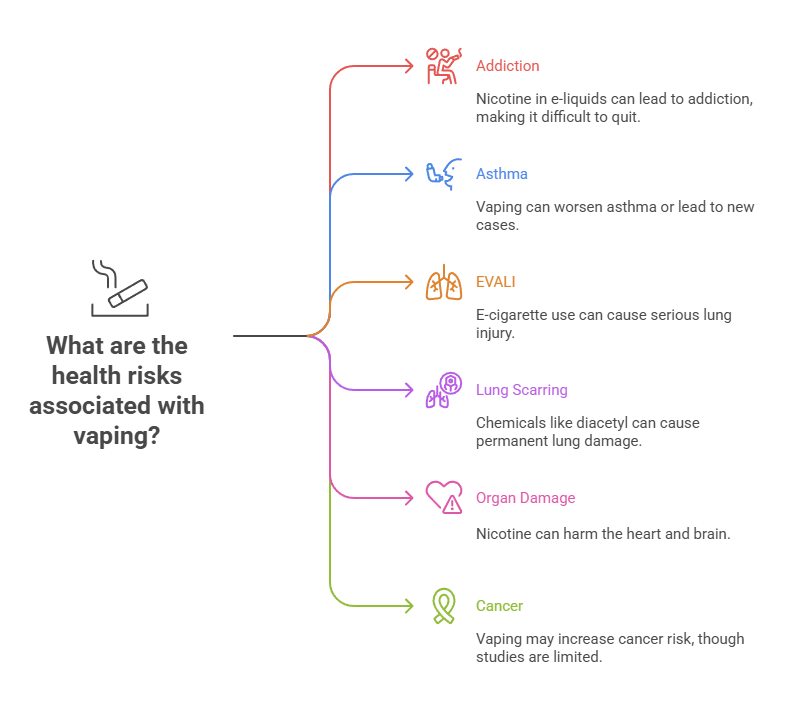
What Are Wellness Vapes?
If you’re getting started with your smoking cessation journey, the tobacco industry and the market generally offer a plethora of options that you can pick. There are smokeless tobacco products like snus and chewing tobacco, giving you access to tobacco without the need for any combustion. Then there are nicotine pouches and other similar nicotine products that let you enjoy nicotine without tobacco.
However, these products may not fit all tobacco or cigarette users. Some may find it difficult to quit smoking cigarettes without switching to products that mimic the same sensation of the said habit.
This is the key reason why vaping has become popular since it resembles the act of smoking without relying on tobacco and burning anything. Plus, vape users are often saved from the harmful effects of tobacco, which include lung cancer, emphysema, mental health problems, fertility issues, and so on.
Now, as mentioned earlier, vaping devices are equipped with e-liquid that contains tobacco-free nicotine. While they are marketed as a less harmful alternative to cigarettes, a number of users find them unappealing. They want a vaping device that doesn’t have any nicotine at all.
This is where wellness vapes enter.
Unlike regular vaping devices or e-cigarettes, wellness vapes or nutritional supplement diffusers are nicotine-free. Instead, they contain vitamins (B12 and C), hormones (like melatonin), caffeine, milk thistle, green tea, and/or essential oils. Manufacturers of these vapes believe that the combination of these ingredients aims to help users focus better, promote high-quality sleep, and lose weight. They are even believed to be helpful in giving you energy, fighting ADHD, and regulating anxiety.
Some of you might be wondering why wellness vapes are needed when vitamins, hormones, and others can already be consumed and taken through oral supplements.
Wellness vape brands believe that inhaling these additives can result in faster absorption into the bloodstream as opposed to swallowing them. So, in theory, the vitamins and supplements may act faster when you inhale them.
Are Wellness Vapes Really Healthy?
In the world of vaping, wellness vapes come as a nicotine-free e-cigarette option you can get today. Instead of nicotine, they are filled with ingredients that can help users gain energy, improve sleep, enhance focus, and support their overall well-being. Some ingredients they typically contain include vitamins, essential oils, melatonin, and caffeine.
Manufacturers of wellness vapes often claim that inhaling these substances instead of taking them orally allows for faster absorption into the bloodstream. They also believe that doing so can help provide quicker effects as opposed to oral consumption.
Using wellness vapes is easy. Just like asthma inhalers and vaping devices, you only need to activate the wellness vape by drawing or puffing it. You can begin with a small amount to gauge your body’s response to the additives contained in the vape, especially if it has active ingredients like caffeine, melatonin, or essential oils.
Now, it’s important that you use it in a well-ventilated area to minimize irritation. You should also avoid overusing the device to prevent potential side effects or overexposure to the ingredients. Likewise, make sure to store the vape properly, away from heat and out of reach of children. If you have any health conditions or are taking medication, you must consult a healthcare provider first before using one.
Wellness vapes have become popular over the last couple of years due to their healthy tobacco-free ingredients and ease of use. But, a number of people are still hesitant about these products since they believe these vaping products can still pose some risks to one’s health.
It also doesn’t help that wellness vapes don’t require the approval of the FDA and other health authorities before they are sold in the market. One reason behind this is the lack of nicotine. Since they are nicotine-free, these products are essentially allowed to be bought by consumers without facing any consequences from the authorities.
The lack of control from authorities over these vaping devices makes it difficult for consumers to fully trust them. You may even think that using them might not be as healthy as taking supplements orally.
Even without nicotine, health authorities warn that wellness vapes could still be dangerous to one’s health. The flavoring agents used in these products may cause lung damage and other respiratory issues. Additionally, taking in high doses of vitamin C from wellness vapes may increase the risk of death in people with sepsis. Consuming vitamin B12 from these vaping devices may also lead to lung damage, especially if you use them regularly.
Using wellness vapes regularly may likewise trigger severe coughing and cause airways to tighten, which makes breathing difficult.
The essential oils found in wellness vapes may even trigger a number of health effects. Generally, these ingredients contain terpenes and a mixture of other chemicals often found in e-cigarettes. While terpenes have anti-cancer, anti-allergy, and antimicrobial properties, degrading them by heat may irritate the airways and could become toxic to cells at higher doses and longer exposure.
Basically, claims of wellness vapes being healthy remain questionable.
These products are not officially approved by the Food and Drug Administration or FDA for providing health benefits.FDA even issued warnings to companies making unproven health claims about their products. Without proper regulation, the safety and efficacy of wellness vapes will remain debatable.
Also, inhaling substances like vitamins and essential oils instead of taking them orally can pose health risks. Your lungs are not intended to process these compounds directly. When these ingredients are heated, they could enter your respiratory system in a more harmful state. This then poses a number of lung diseases that can ruin your health instead of improving it.
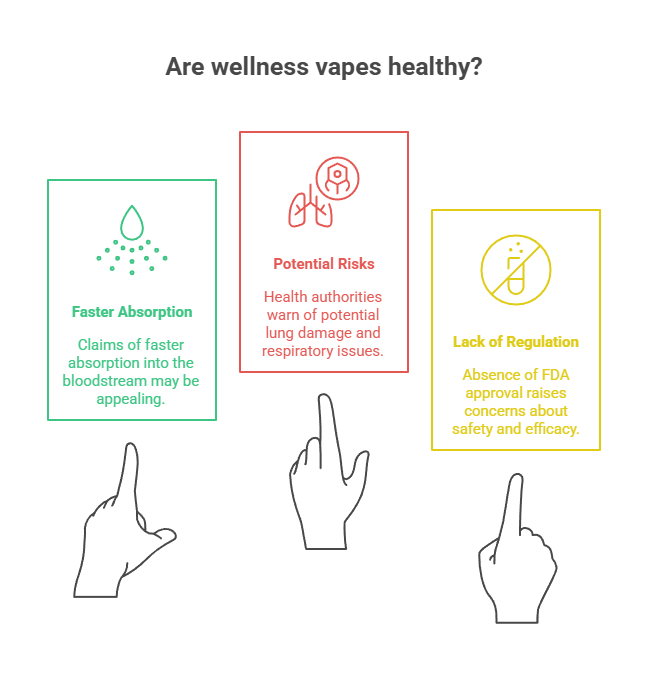
Are There Really Vapes That Aren’t Bad For You?
Vaping devices and electronic cigarettes have become rampant in today’s tobacco market since they are convenient, portable, and versatile. You can essentially buy one device from your trusted retailer and use it wherever vaping is allowed. One reputable seller of vaping devices you can trust is Native Smokes 4 Less. You can browse through its website to see its offerings and buy those that you want.
E-cigarette use, over the past few years, has become a trend among adult nicotine users who want a tobacco-free way of getting nicotine hits. Unfortunately, young people and young adults have also been hooked on vaping since they think it is a cool habit. They may have also been influenced by the enticing flavored e-liquids that the vaping devices possess.
Just when governments around the world have started addressing the issue of vaping devices reaching young people, another player has since entered the field. Wellness vapes allow for a nicotine-free vaping experience. Users can essentially get their needed vitamins or hormones for health improvements.
However, they are not approved by the FDA. Their ingredients have also not been tested for inhalation. They may be safe when taken orally, but once they are heated and enter the lungs, they could cause a number of health risks that may endanger one’s life.
You might want to stop smoking and switch to a tobacco-free and smoke-free source of nicotine. Thankfully, e-cigarettes and vapes are there to provide you with an alternative source of the stimulant. You should remember, however, that vaping of any kind is not without risks.
Hence, it’s important that you use vaping devices with caution and in moderation. If you really need nicotine in your system, you may want to opt for e-cigarettes with a lower nicotine strength first before switching to a stronger one. You can also try going for modern nicotine products like nicotine pouches and nicotine mints or lozenges.
Frequently Asked Questions
Is there a vape that’s not bad for you?
There’s no vape that is entirely without risk since inhaling any foreign substances in your lungs can cause irritation or long-term harm. Some vapes, including nicotine-free or wellness vapes, are marketed as less harmful alternatives. However, their safety is not well-established. They may be less damaging than traditional cigarettes and vaping devices, but they are not risk-free.
Are all vapes bad for you?
Most vaping devices contain potentially harmful chemicals like nicotine, flavoring chemicals, or additives that can irritate or damage your lungs. Even nicotine-free vaping devices can carry risks, especially if they contain untested compounds or are used excessively. So, while not all vapes are equally harmful, none of them can be considered completely safe.
Are there vapes that aren’t bad for you?
A number of vaping products are promoted as healthier alternatives like those without nicotine or containing supplements. However, they still pose inhalation risks since your lungs are not meant to absorb most of these substances. Additionally, their long-term effects are still unknown. So far, no vaping product has been proven to be completely harmless.
Summary
Vaping devices or electronic cigarettes, regardless of their type, composition, flavour, and brand, could be your alternative source of nicotine to traditional tobacco products like cigarettes. And if you want to stop smoking but want to acquire nicotine hits similar to smoking, these devices can be your companion.While these devices are mostly free from tobacco leaves, they still contain nicotine, a highly addictive substance that can pose a number of harmful health effects in the long term. In short, there are no vapes that aren’t bad for you. The only thing you can do when using these vaping devices is to regulate your vaping habit and puffing frequency. You must also opt for devices that are legally sold in the market. You might be thinking of opting for wellness vapes, but most of them remain unregulated right now.If you just started vaping and coughs all the time, you might want to know the reason behind it. Check this blog from Native Smokes 4 Less to know why vapes make you cough.


